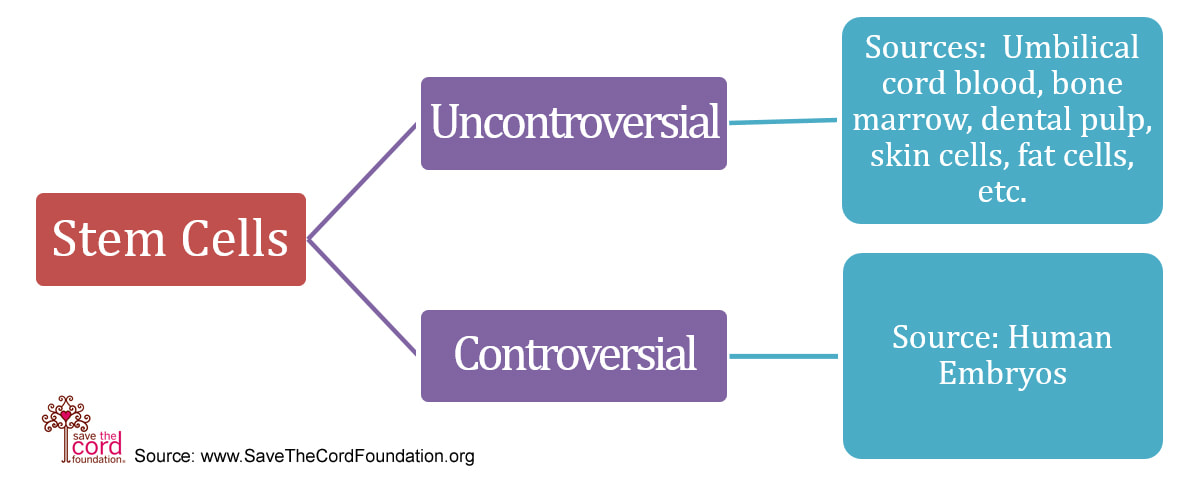Learn the basics.WHY SHOULD WE SAVE CORD BLOOD?
Cord blood is the blood left in the umbilical cord and placenta following the birth of a child. It is a rich source of stem cells. Need a few more reasons?
Which will you choose . . . |
Why do I need to know this?
Cord blood banking is complicated and constantly evolving. When trying to decide between donation or private banking, you need to understand how cord blood is currently used and how it could be used in the future.
A decade ago, cord blood considered experimental. Today, it is actively used to treat over 80+ different diseases including blood cancers, leukemia, lymphoma, sickle cell anemia and more. In the future, cord blood shows great promise for treating autism, cerebral palsy, spinal cord injury, diabetes and more. Depending on your family's medical history, you may want to save your child's cord blood privately with hopes of using it later. Otherwise, you may prefer to donate your child's cord blood in hopes of giving someone in the world a much needed stem cell transplant. Now that you have a few of the facts, let's explore how this information might relate to your family. NEXT STEP: Donation, private or hybrid? Which should I choose for my family? >> |




